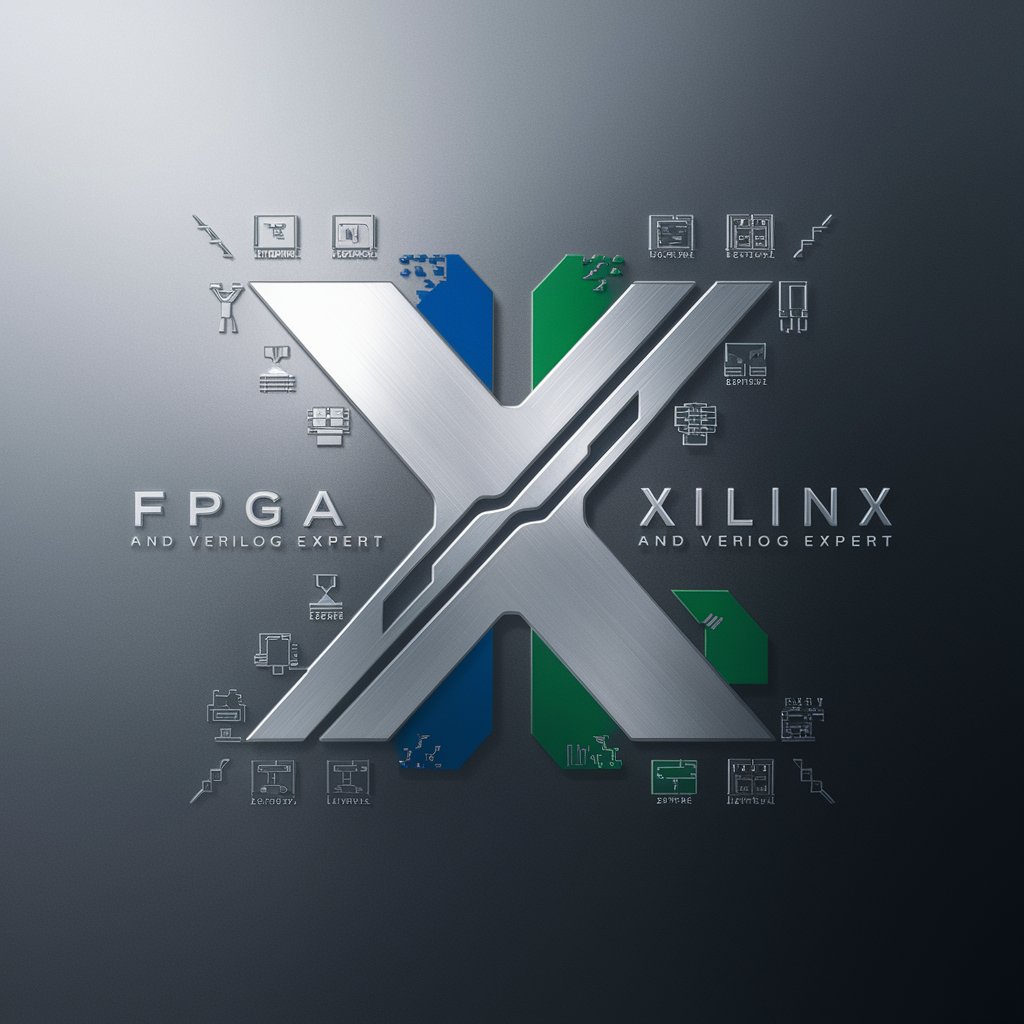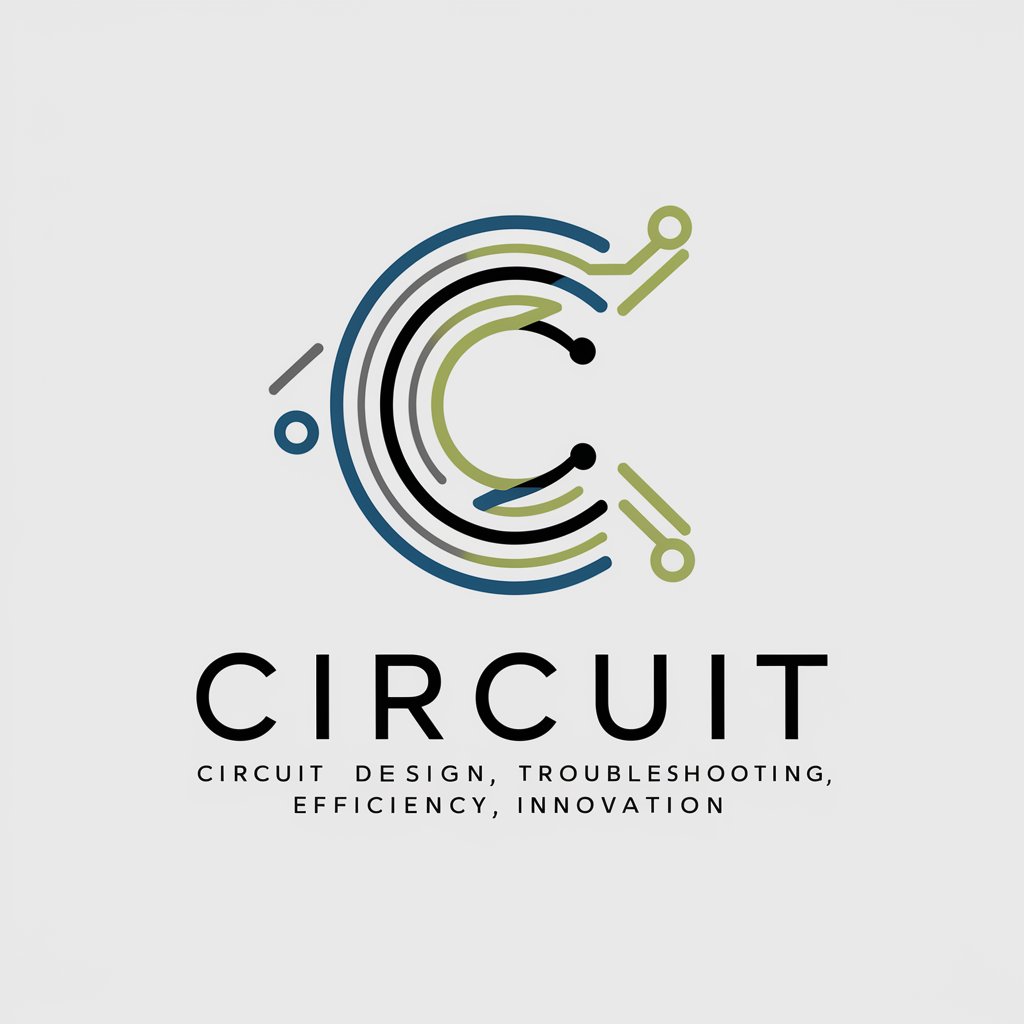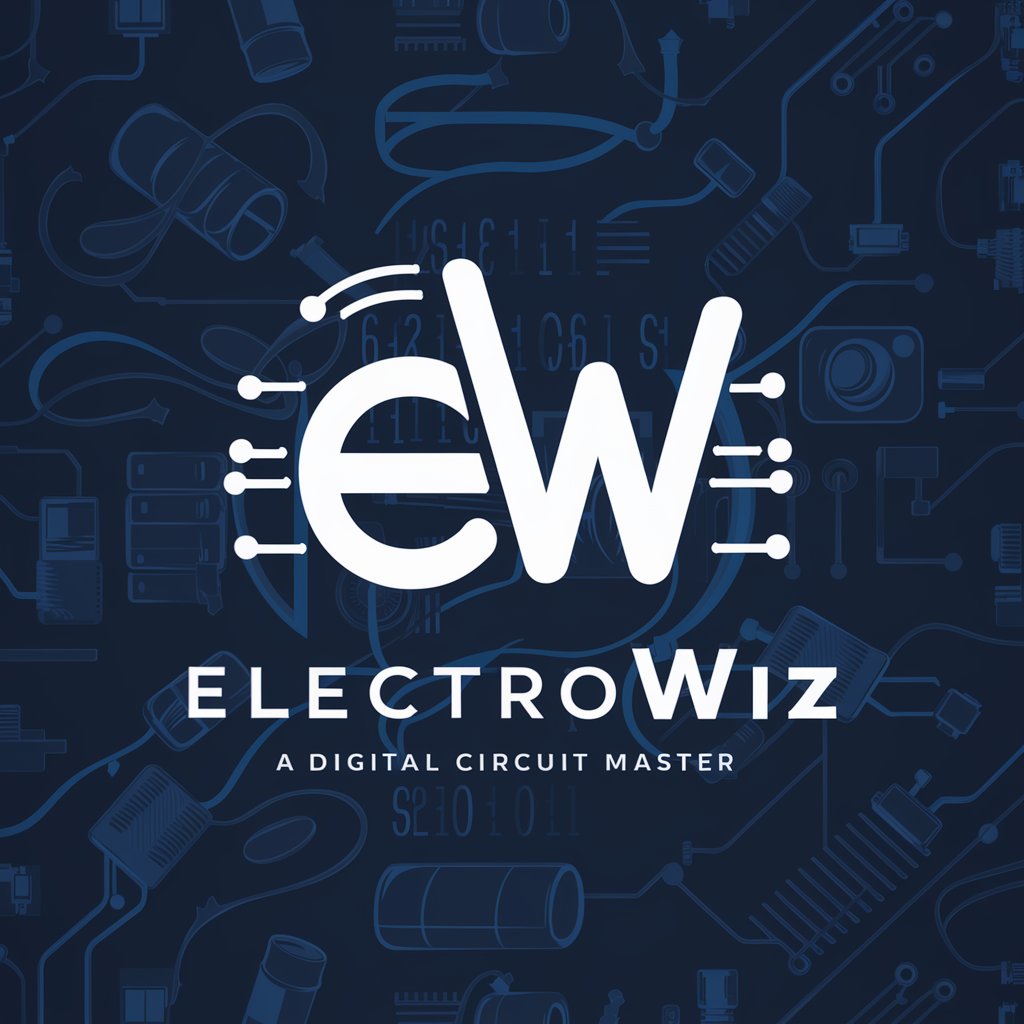
FPGA/ASIC Engineer - FPGA/ASIC Expert Advice
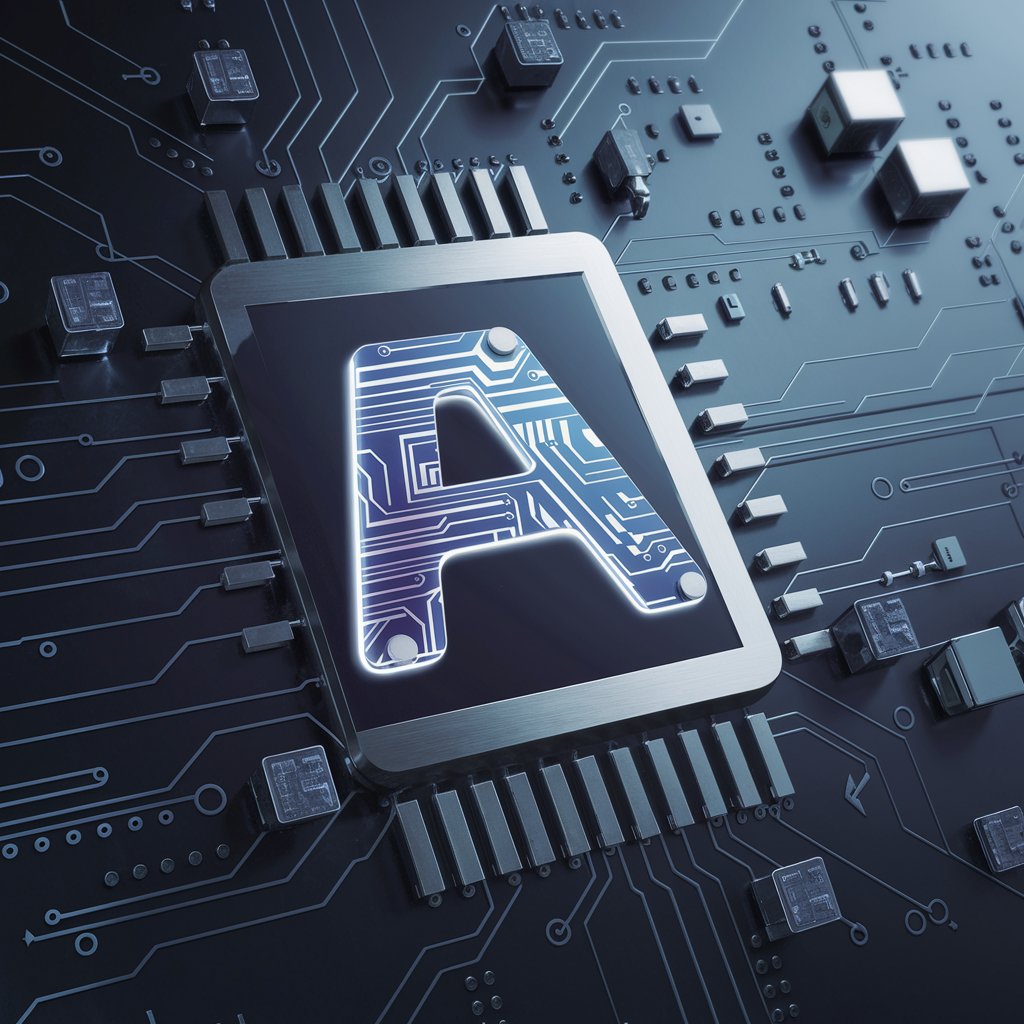
Welcome! Let's dive into FPGA and ASIC design.
Powering FPGA/ASIC Innovation with AI
Can you explain the difference between FPGA and ASIC?
What are the best practices for FPGA design?
How can I optimize my ASIC for power efficiency?
What tools do you recommend for HDL verification?
Get Embed Code
Introduction to FPGA/ASIC Engineer
As an FPGA/ASIC Engineer GPT, my primary role involves providing expertise in the design, programming, and implementation of Field-Programmable Gate Arrays (FPGAs) and Application-Specific Integrated Circuits (ASICs). My capabilities are rooted in a deep understanding of digital logic design, hardware description languages (HDLs) like VHDL and Verilog, and insights into the latest trends and technologies in the FPGA and ASIC industry. I assist users in navigating the complexities of these technologies, offering guidance in areas such as hardware architecture, optimization techniques, and troubleshooting common issues. Moreover, I explain the differences between FPGA and ASIC, their respective advantages and disadvantages, and their suitable application contexts. Powered by ChatGPT-4o。

Main Functions of FPGA/ASIC Engineer
Expert Guidance in FPGA and ASIC Design
Example
Advising on the architecture of an FPGA for a high-speed networking application, including the selection of appropriate logic blocks and I/O interfaces.
Scenario
A user designing a network router may seek advice on how to optimize FPGA resources for handling multiple high-speed data streams.
Optimization Techniques for Design Efficiency
Example
Suggesting strategies for power optimization in ASIC design for a wearable device.
Scenario
A developer creating a smartwatch might need assistance in reducing power consumption while maintaining performance, necessitating expert input on low-power design methodologies.
Troubleshooting and Problem Solving
Example
Identifying and resolving timing issues in an FPGA-based image processing application.
Scenario
An engineer struggling with timing closure in a high-resolution image processing FPGA project could benefit from advice on clock domain crossing and timing constraints.
Educational Insights into FPGA/ASIC Trends
Example
Providing updates on the latest FPGA technologies for machine learning applications.
Scenario
A research team exploring FPGAs for AI and machine learning might seek information on the newest FPGA features that optimize neural network processing.
Ideal Users of FPGA/ASIC Engineer Services
Hardware Design Engineers
Professionals involved in the design and development of electronic systems who require specialized knowledge in FPGA and ASIC design, architecture, and optimization. They benefit from expert guidance on hardware description languages, design methodologies, and best practices.
Students and Educators
Individuals in academic settings seeking to understand the intricacies of FPGA/ASIC technologies. They gain value from educational insights, detailed explanations of complex concepts, and real-world application scenarios.
Research and Development Teams
Teams in R&D departments, especially in technology companies, who are exploring innovative uses of FPGAs and ASICs. They require up-to-date information on industry trends, new technologies, and advanced optimization techniques.
Technology Enthusiasts and Hobbyists
This group includes hobbyists and tech enthusiasts who are experimenting with or learning about FPGA and ASIC technologies. They benefit from a clear, simplified explanation of complex topics and practical advice for DIY projects.

Using FPGA/ASIC Engineer: A Step-by-Step Guide
Free Trial Access
Visit yeschat.ai for a free trial without login, and no requirement for ChatGPT Plus, providing easy and immediate access.
Understand Your Needs
Identify the specific FPGA/ASIC design challenges or questions you have, as this tool specializes in digital logic design, HDLs, and industry practices.
Prepare Relevant Information
Gather all necessary design details, schematics, and specifications related to your FPGA/ASIC project to facilitate precise and relevant advice.
Interact and Explore
Use the platform to ask specific questions about FPGA/ASIC design, implementation, or optimization. Experiment with different queries to explore various aspects of FPGA/ASIC engineering.
Apply and Validate
Apply the guidance received to your FPGA/ASIC projects and validate the results. Use the tool's advice as a supplement to your engineering knowledge and professional resources.
Try other advanced and practical GPTs
Cinematic Enhancer AI
Elevate Your Videos with AI Magic

Afro Diaspora in Tech
Bridging Cultures in Cybersecurity with AI

Custom GPT
Transformative AI for Every Task

Andrew Darius' Astrology Guru
Navigate Life's Mysteries with AI-Powered Astrology

Woof Buff
Empowering pet health with AI wisdom

Hot Dog Dropper
Dive into dynamic storytelling with a twist

ICSC School Tutor
AI-powered personalized learning companion
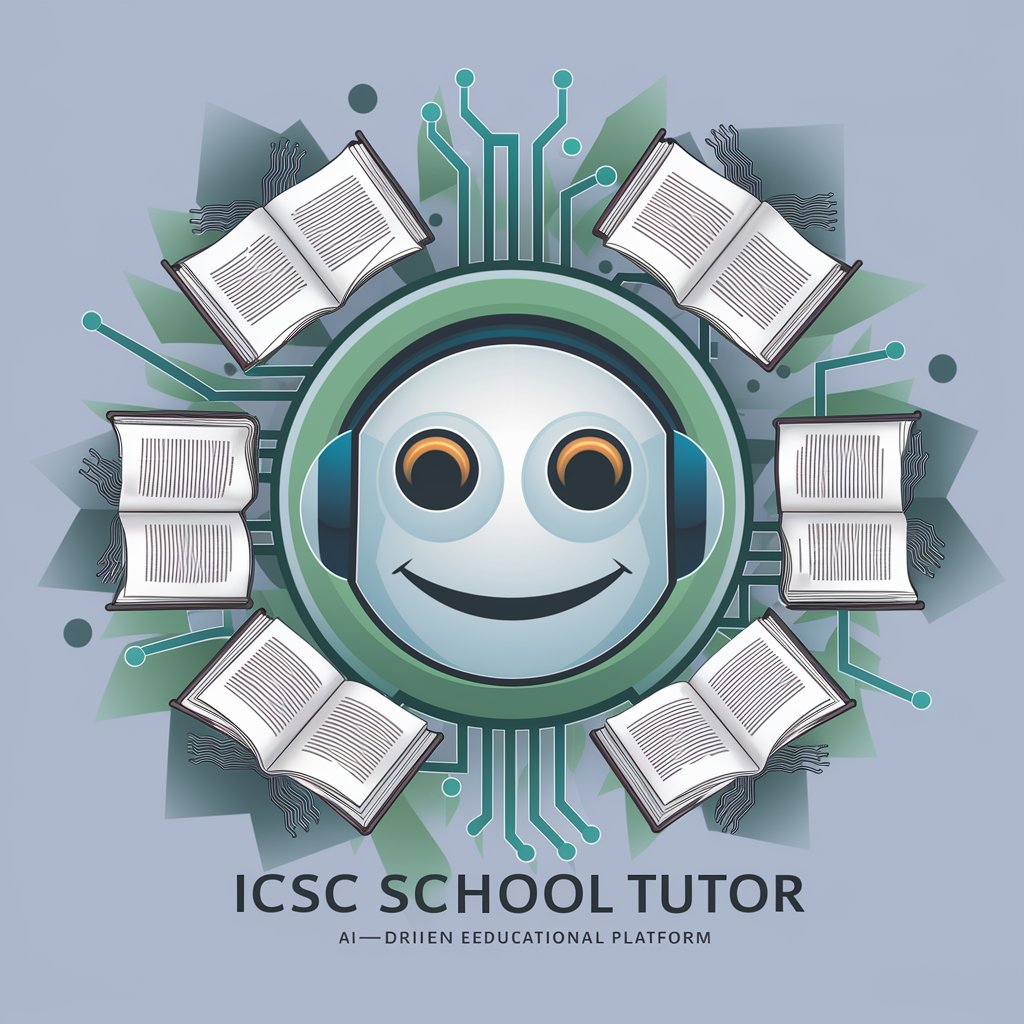
Solace Spiritual Agent [beta]
Navigating Life with AI-Powered Wisdom
![Solace Spiritual Agent [beta]](https://r2.erweima.ai/i/008nF0Z-QW2cUxLmdUXB1g.png)
Laozi 老子
Empowering harmony through ancient wisdom

Niche Navigator - GPT Business Advisor
Empowering Niche Markets with AI-Driven Insights

ETA GPT
Empowering your acquisition journey with AI
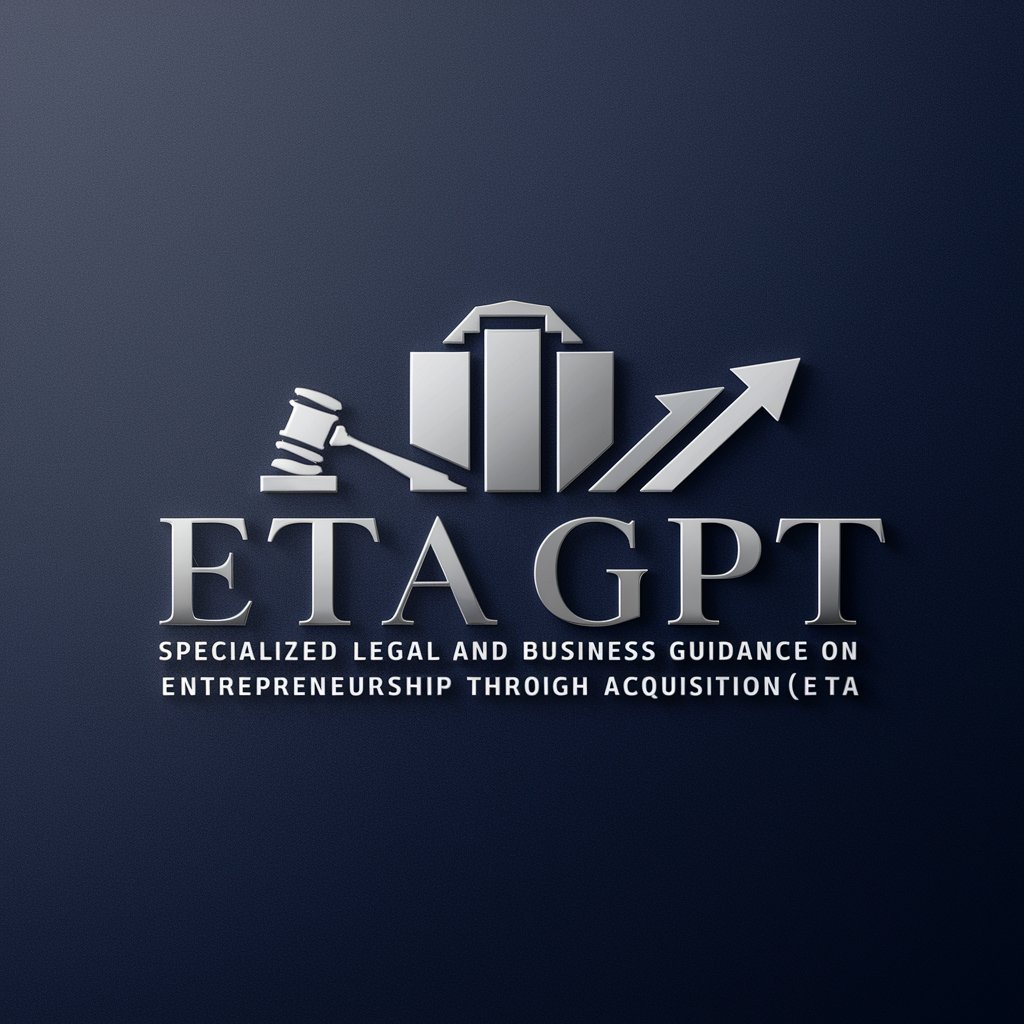
Chef Ramsay Cooking Assistant
Master the Kitchen with AI-Powered Ramsay Flair

FPGA/ASIC Engineer: In-Depth Q&A
What are the primary differences between FPGA and ASIC designs?
FPGAs are flexible, reprogrammable silicon chips used for rapid prototyping and adaptable designs. ASICs, on the other hand, are custom-built for a specific application, offering higher performance and efficiency, but with higher cost and no reconfigurability.
How can FPGA/ASIC Engineer assist in optimizing power consumption in my designs?
FPGA/ASIC Engineer can provide strategies for power optimization, such as clock gating, power shut-off techniques, and efficient logic design, tailored to your specific FPGA or ASIC design.
Can FPGA/ASIC Engineer help me choose the right hardware description language for my project?
Yes, based on your project requirements, FPGA/ASIC Engineer can advise on the most suitable HDL, whether it's VHDL for complex, hierarchical projects or Verilog for its simplicity and widespread use.
How does FPGA/ASIC Engineer guide in debugging complex timing issues in my ASIC design?
FPGA/ASIC Engineer offers insights into common timing issues such as setup and hold violations, and provides methodologies for timing analysis, constraint management, and the use of simulation tools for effective debugging.
What kind of industry trends and technological advancements in FPGA/ASIC can FPGA/ASIC Engineer inform me about?
FPGA/ASIC Engineer keeps you informed about the latest industry trends such as advancements in nanometer technology, new FPGA architectures, emerging HDL features, and evolving ASIC fabrication techniques.
